Researchers in the US have designed an electrochemical route to electrify and decarbonise cement production. The process, which generates calcium carbonate without relying on limestone decomposition, should be relatively simple to integrate into existing industrial production systems.
After the energy sector, cement production is the second largest industrial contributor of global greenhouse gas emissions, mainly due to limestone calcination – a process that releases large amounts of carbon dioxide. Despite extensive research, traditional cement methods have remained largely unchanged. Current efforts to decarbonise the industry by incorporating waste materials, such as coal fly ash or blast furnace slag from conventional steel production plants, into Portland cement face limitations due to performance and supply constraints. Additionally, such materials can only replace less than half of the Portland cement used in concrete, leaving the industry heavily reliant on carbon-intensive practices.
Now, a collaboration between scientists at Lawrence Livermore National Laboratory (LLNL) and Northwestern University has put forward a method they say is capable of achieving gigaton-scale carbon reductions. Their approach accelerates the weathering of calcium silicates sourced from basalt, recycled concrete and industrial waste, then uses carbon dioxide to produce calcium carbonate, eliminating the need for limestone decomposition.
‘We use an electrochemical cell to actively capture carbon dioxide so that our calcium carbonate feedstock for cement production is carbon negative,’ explains LLNL team member Wenxin Zhang. The process works by creating a pH gradient within the electrochemical cell, which leaches calcium ions from the silicates. These ions then react with atmospheric carbon dioxide or captured carbon dioxide, to produce calcium carbonate and amorphous silica.
‘It is compatible with the conventional cement manufacturing plants without the need to modify the plants because our process still provides a calcium carbonate,’ says Zhang. ‘Calcium carbonate as well as the amorphous silica could also act as so-called supplementary cementitious materials by additionally blending these electrochemical products with cement, the process could eventually become further carbon negative, because we also directly capture and store carbon.’
Circularity is a major focus of the study and Zhang highlights that the electrochemical process works at room temperature, ‘so it’s capable of using renewable electricity sources that are intermittent because it doesn’t require heating’.
Furthermore, the process also generates valuable co-products, including green hydrogen and oxygen. These could replace fossil fuels as a heat source for calcium carbonate decomposition and enable oxy-fuel combustion, respectively. The captured carbon dioxide has further potential for conversion into calcium bicarbonate to mitigate ocean acidification.
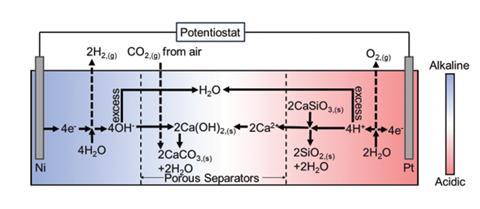
‘The circularity is developed in some very interesting ways; the [researchers] have obviously thought a lot about process integration and synergies that can enhance the green credentials of their process,’ says John Provis, an expert in cement systems, from the Paul Scherrer Institute in Switzerland. ‘It does of course depend on having a decarbonised source of electrical energy, but if this can be achieved, they propose several potentially viable valorisation pathways for the different material streams they are generating.’
Beyond its environmental benefits, the technology offers potential economic benefits. It reduces input costs by relying on abundant raw materials and renewable energy, while minimising retrofitting requirements for existing plants. Additionally, it could generate revenue from byproducts and carbon credits.
To explore the potential for scaling up its approach, the team plans to conduct location-specific analyses. This would offer more practical and realistic guidelines for industrial companies to implement the process in the future.
References
This paper is open access
X K Lu et al, Energy Environ. Sci., 2024, 17, 9566 (DOI: 10.1039/d4ee03529a)
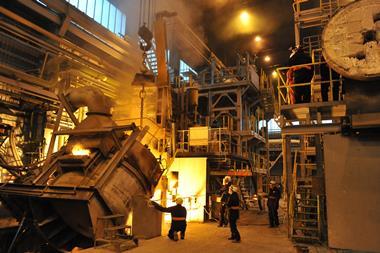

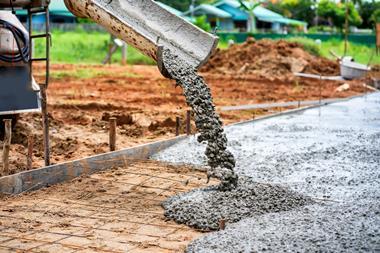

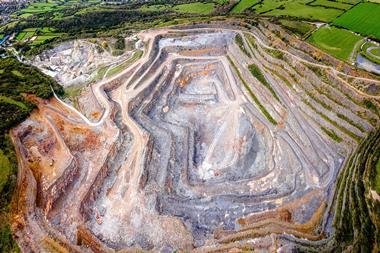

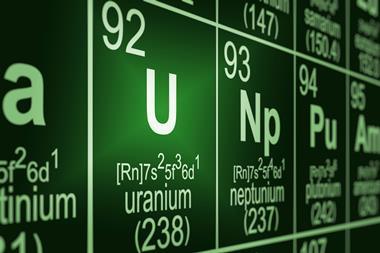

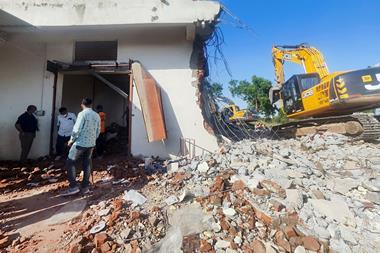
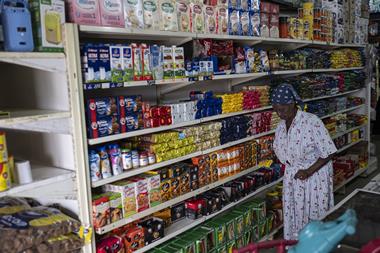
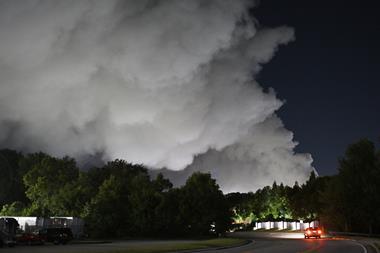
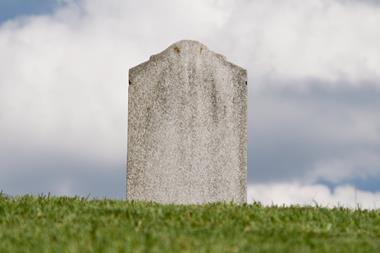
1 Reader's comment